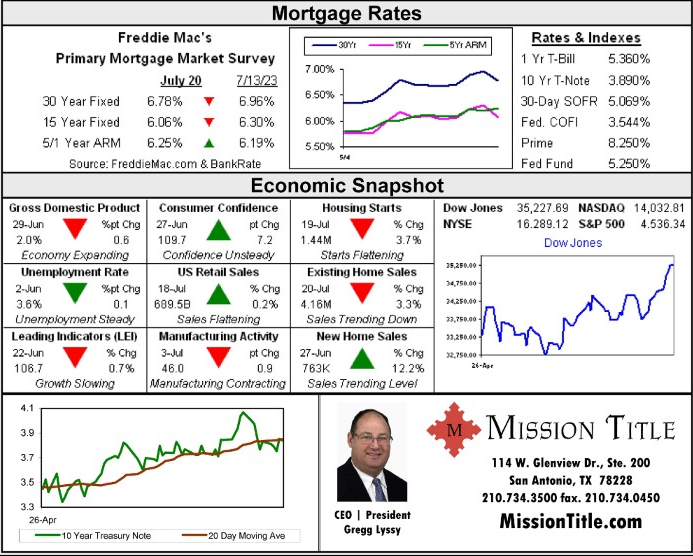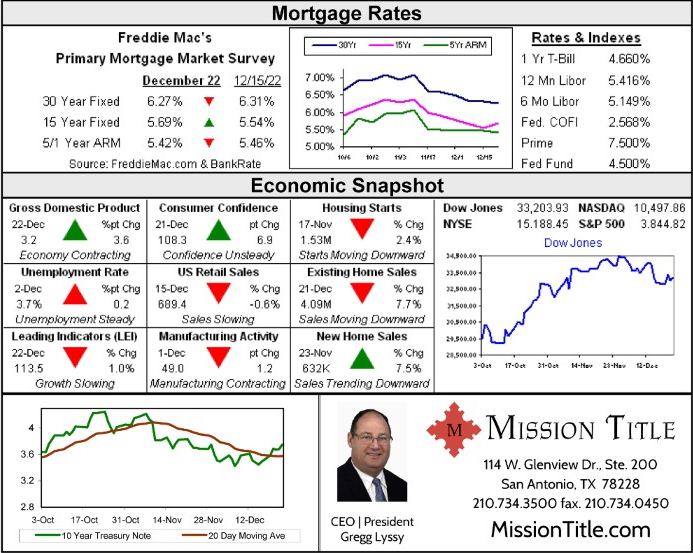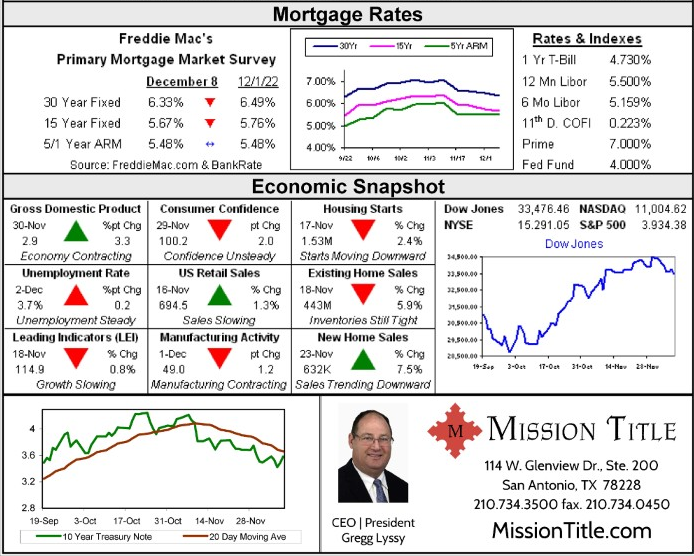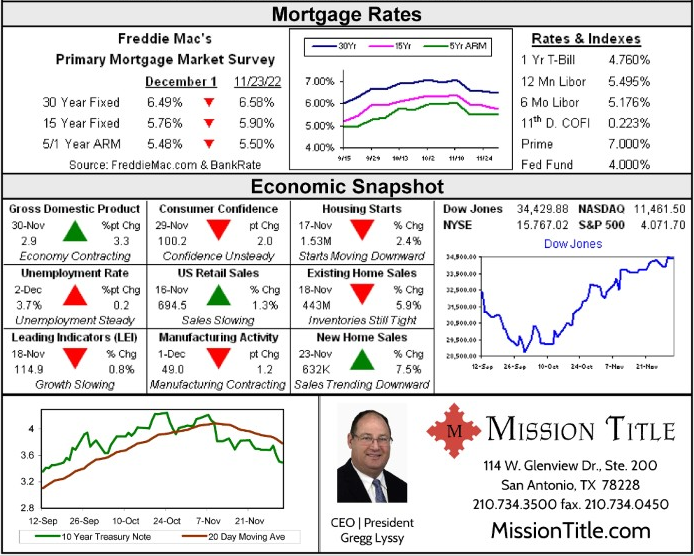The National Association of Realtors announced Friday that it’s joined 21 of the nation’s largest trade associations in a campaign urging Congress to reauthorize the National Flood Insurance Program (NFIP) before a July 31 deadline.
The NFIP, which is overseen by the Federal Emergency Management Agency, provides homeowners, business owners and renters with affordable flood insurance since 1968. If Congress fails to reauthorize the program, NAR estimates that the sale of 40,000 homes per month could be disrupted — a real concern as hurricane season begins.
In November 2017, Wisconsin Rep. Sean Duffy presented the “21st Century Flood Reform Act,” which would’ve reauthorized the NFIP for five years and allocated $1 billion “to elevate, buy out or mitigate the riskiest of an estimated 5 million policyholders.” Although the Act passed the GOP-led House 237-189, it failed to move forward, forcing the president to sign legislation in March that gave Congress four more months to reauthorize the program.
“A lapse of the NFIP, especially during the height of hurricane season, will leave millions of Americans at risk and result in severe disruption in the over 20,000 communities across the United States that depend on the NFIP,” reads the one-page letter from the trade associations, which is addressed to federal lawmakers Paul Ryan, Mitch McConnell, Nancy Pelosi and Chuck Schumer.
“Americans deserve certainty and stability in the flood insurance marketplace to be able to protect their homes and loved ones.”
Beyond putting currently unaffected homeowners at risk, the letter also noted that a lapse in the NFIP will slow down the recovery process for property owners in Texas, Lousiana, Florida and Puerto Rico, some of which are still rebuilding their homes 11 months after hurricanes Maria, Irma and Harvey.
 5 ways to drive maximum traffic to your open house
Plus 5 questions to capitalize on your visitors and capture more leads READ MORE
5 ways to drive maximum traffic to your open house
Plus 5 questions to capitalize on your visitors and capture more leads READ MORE
Although the South and Southeastern U.S. currently has the highest risk of flooding due to hurricanes, scientists have been making clarion calls about climate change and how once low-risk areas could soon be underwater.
For example, Localize.city data scientist Idan Richman analyzed FEMA data and wrote a report about flood-prone areas in New York City.
Since 2012, 3,500 apartments have been built in Williamsburg and Greenpoint — two trendy neighborhoods that were hard hit by Hurricane Sandy. Another 5,590 apartments in northern Brooklyn and Long Island City are also at risk, Richman said, especially if New York City experiences another hurricane.
“At least one out of every eight new units expected to open in New York City over the next four years will sit in a serious flood zone,” Richman said. “Ninety-seven percent of the new buildings under construction in the floodplain are in areas that were inundated during Sandy.”
Looking outside of the New York City area, the Union of Concerned Scientists (UCS) says as many as 311,000 coastal homes are at risk of chronic flooding over the next 30 years. By the end of the century, the UCS said, that number could jump to 2.4 million.
“What’s striking as we look along our coasts is that the significant risks of sea level rise to properties identified in our study often aren’t reflected in current home values in coastal real estate markets,” said Rachel Cleetus, an economist and policy director for the Climate and Energy Program at UCS, as well as a report co-author.
“Unfortunately, in the years ahead many coastal communities will face declining property values as risk perceptions catch up with reality.”
Source: click here




















